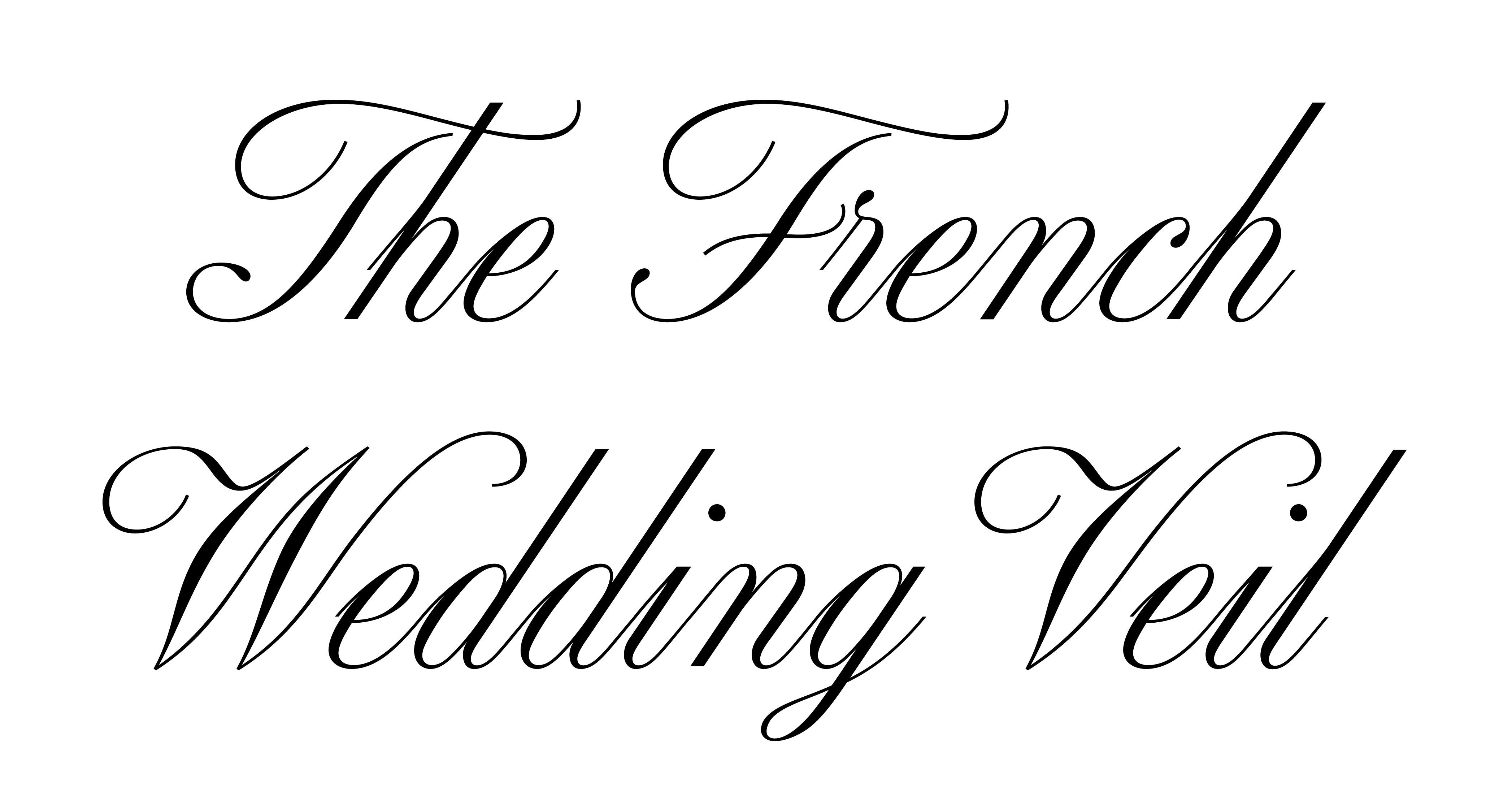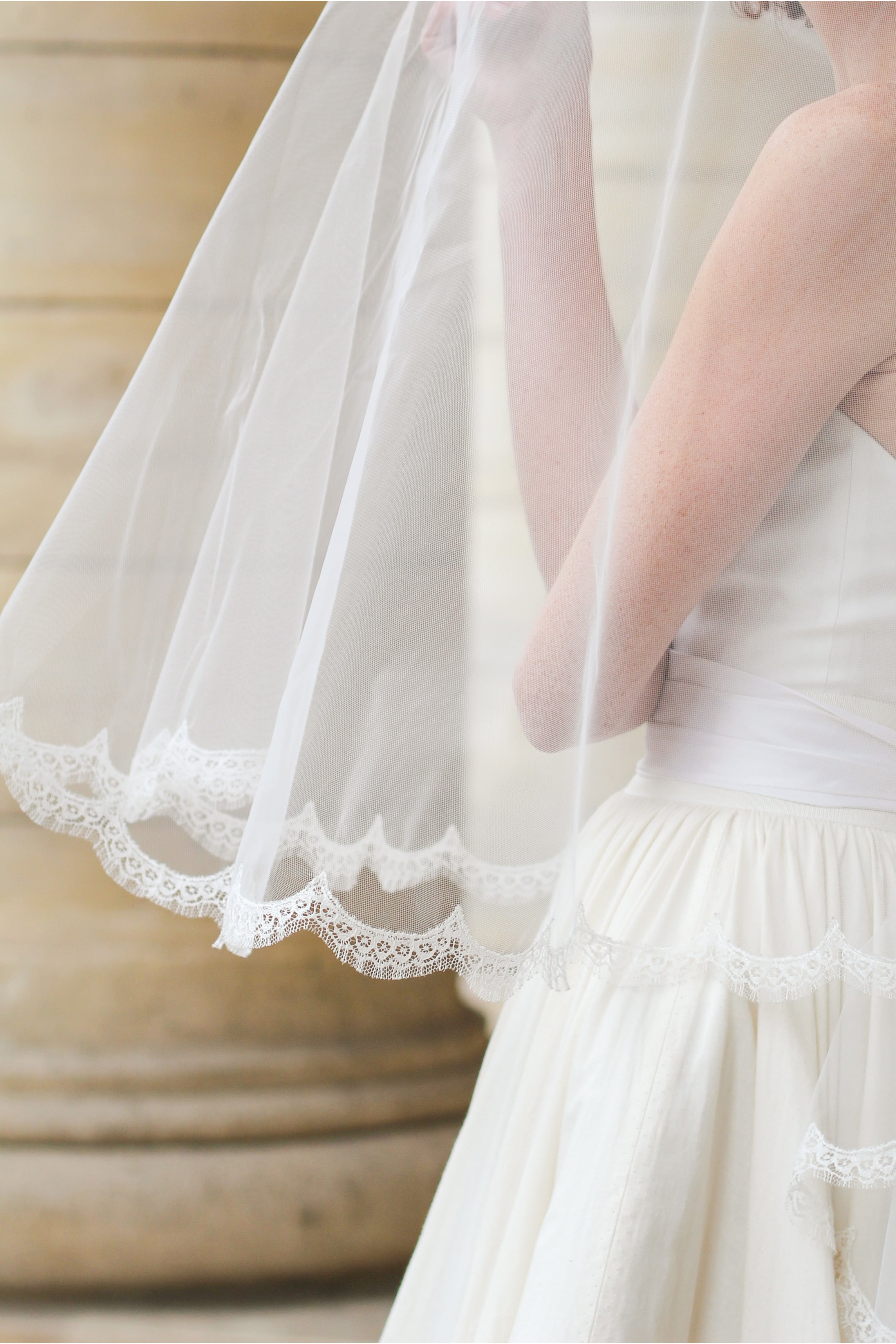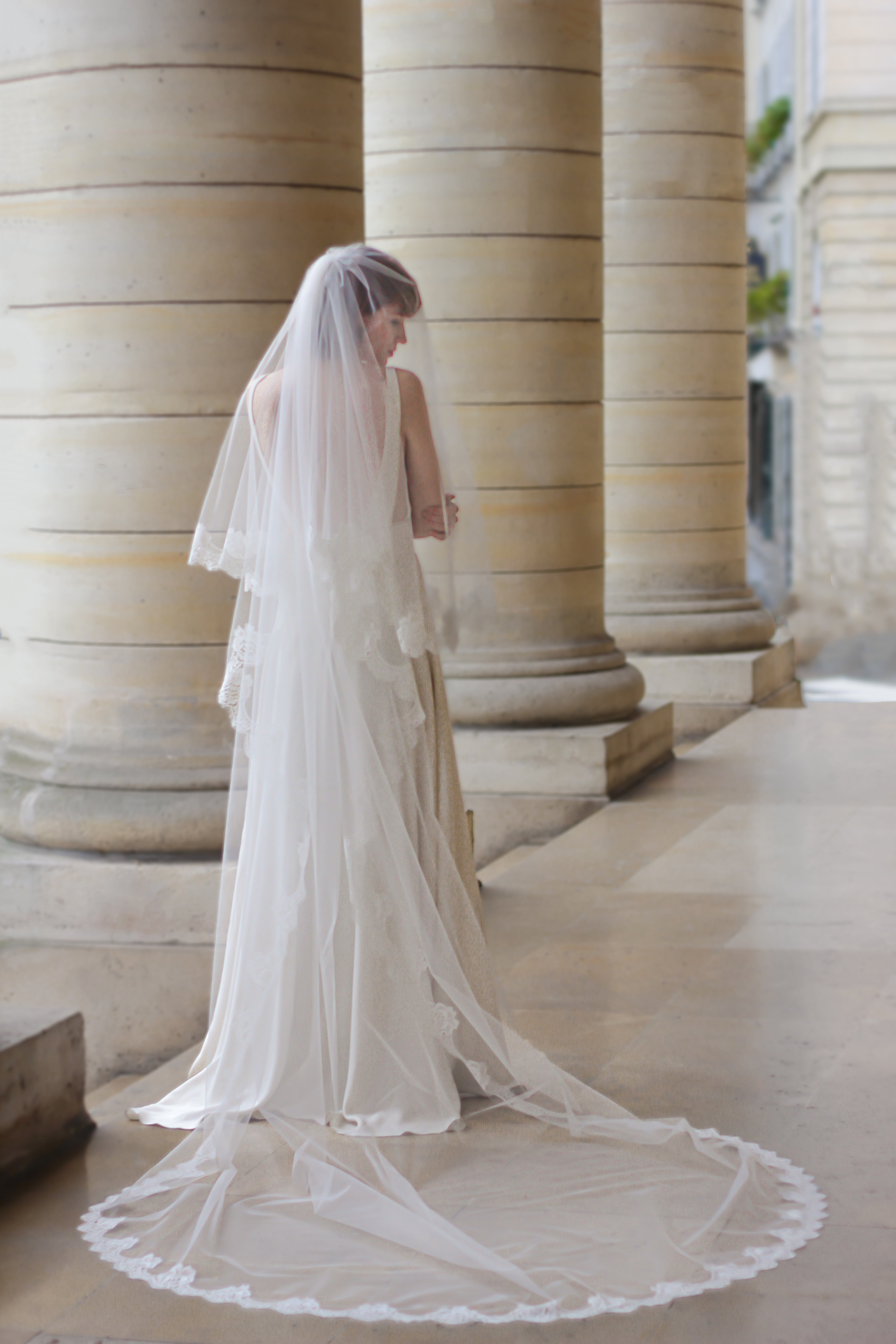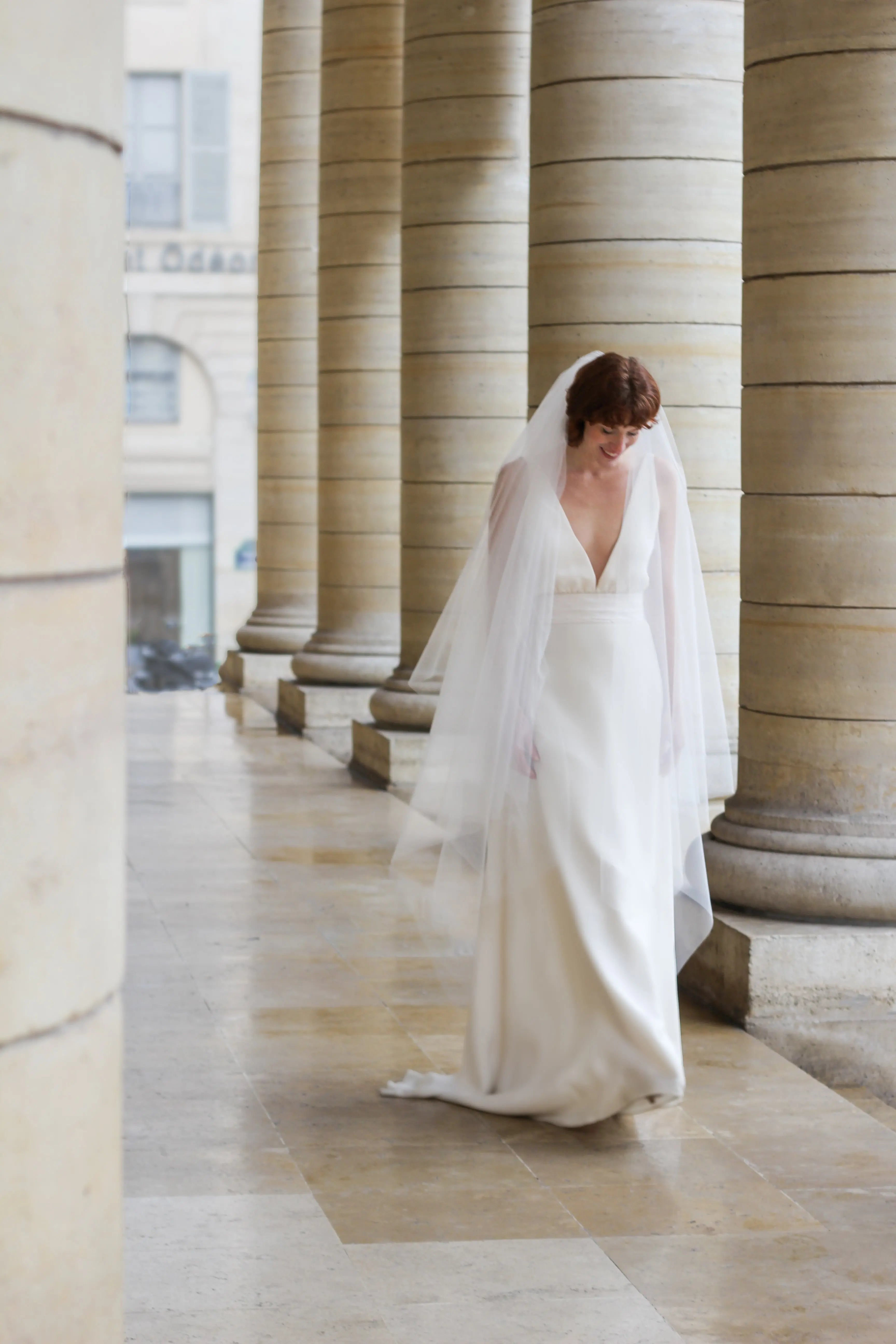The Meaning Behind 10 Wedding Traditions (And Why They Still Matter Today)
Weddings are steeped in traditions – some joyful, some curious, and many whose origins we’ve long forgotten. From veils and bouquets to rings and bridal parties, each custom tells a story about what love, family, and partnership have meant across time and cultures. Today, modern couples are reimagining these rituals – choosing which ones to keep, which to leave behind, and which to make entirely their own. Understanding the history behind them can help you shape a celebration that feels both meaningful and beautifully personal.
Why Do Brides Wear Wedding Veils?
Ancient Beliefs Around the Wedding Veil
Long before the veil became the flowing accessory we know today, it was something much more symbolic. In ancient Rome, brides wore flame-colored veils to protect themselves from jealous spirits believed to be lurking on the edge of the ceremony. Historians trace these customs to beliefs in warding off misfortune, particularly during times of major life transitions like marriage.
Global Interpretations of Bridal Headwear
As wedding customs evolved, the veil became part of Christian, Jewish, and Eastern Orthodox ceremonies, often symbolizing spiritual protection and the sacred transition into a new chapter.
Not all cultures embraced the veil in the same way. In parts of West Africa and South Asia, brides are adorned with elaborate headpieces, beaded crowns, or richly embroidered saris that serve similar symbolic functions – signifying transition, fertility, family lineage, or divine blessing. Whether a bride’s head is covered with a lace veil or wrapped in ceremonial fabric, the intention is often the same: to honor the sacred threshold between one life and the next.
The Wedding Veil Today: Symbol, Style, or Statement?
Today, the veil is no longer a requirement, but a choice, a meaningful one. Some brides are drawn to the romantic sweep of a cathedral-length veil; others prefer something short, light, and whimsical. Some choose a veil as a nod to tradition, others because it adds softness, drama, or a feeling of magic to their look. And then there are those who reinterpret it entirely, choosing nontraditional materials, embroidery, or heirloom details that speak uniquely to them.
At The French Wedding Veil, we believe the beauty of the veil lies in this freedom. We handcraft each piece with the intention that it will reflect not just heritage, but individuality. Your accessory can be whisper-thin or luxuriously layered, edged in lace or floating free. It can be worn over the face or draped behind you.
History may have shaped the veil, but you get to decide what it means. Explore our handmade accessories and find the one that tells your story.
Loved learning about the veil’s journey through time?
Get more stories like this, plus styling tips from our atelier.
Why Do Brides Wear White?
A Queen's Choice That Became Tradition
While white dresses are now the standard, this tradition only dates back to 1840, when Queen Victoria married Prince Albert in a white silk gown to highlight her lace. Before that, brides typically wore their best dress – often in bold colors like red, blue, or even black.
Color and Culture
In many cultures, white was impractical and not symbolic at all. In fact, red is still considered the color of joy and prosperity in Chinese and Indian wedding attire.
Modern Meaning
Today, white often stands for new beginnings, elegance, or simplicity, but modern brides are increasingly choosing champagne, blush, soft pastels, or bold hues that reflect their personalities and cultural heritage. Designers now offer gowns in every shade imaginable, and vintage or colored dresses are embraced as chic, expressive choices. The takeaway? There's no one "right" color for a wedding dress, just the one that feels most like you.
Why Do Brides Carry Bouquets?
Bouquets as Protection
Long before bouquets were made of peonies and roses, they were bundles of garlic, dill, and rosemary: herbs believed to protect the bride from illness, misfortune, and spirits. In Ancient Greece, floral crowns and herbal bundles symbolized fertility and joy. During the Middle Ages, these herbs also masked body odor and were thought to enhance desire when consumed at the feast.
From Herbs to Florals
The bouquet toss developed when guests sought to grab pieces of the bride’s attire or flowers for good luck, a chaotic practice the toss helped distract from. Today, it's often a fun photo moment, but just as often skipped or reimagined to include all guests or celebrate multiple people (like the longest-married couple or chosen family members).

Why Do Bridesmaids Wear Matching Dresses?
Historical Protection and Legal Roles
The idea of bridesmaids dates back to ancient Rome, where they dressed identically to the bride to confuse evil spirits or would-be kidnappers. Roman law required at least 10 witnesses at a wedding, often unmarried women in coordinated attire. This concept of blending in to offer protection appears in other cultures too, such as in medieval European weddings, where attendants guarded the bride during her journey.
Personalization Today
In modern weddings, bridal parties are chosen family and close friends, regardless of gender. While matching dresses are still popular, couples increasingly embrace mismatched styles in coordinated palettes, allowing each person to feel comfortable and themselves. The tradition remains – just with more freedom and flair.
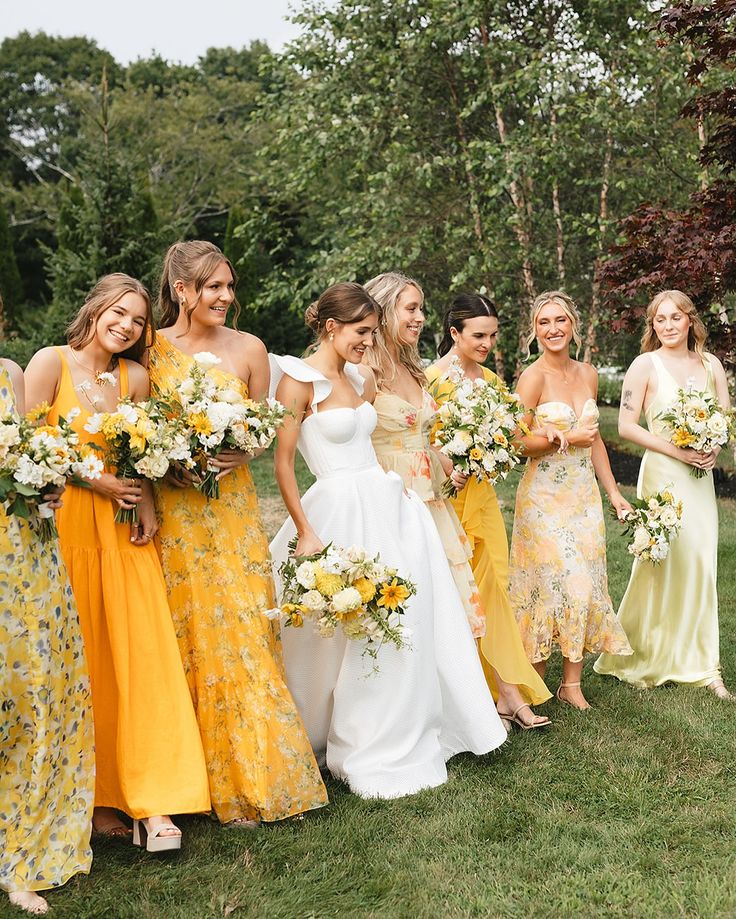
Why Do Fathers Walk Brides Down the Aisle?
Historical Roots
This tradition originally symbolized the bride being passed from her father to her husband - a reflection of historical views that saw women as part of a family transfer. Many modern brides reinterpret the act as a meaningful gesture of love, trust, and family support. For some, it's a way to honor their parents' role in their lives and celebrate the beginning of a new chapter, rather than a literal "handoff."
Emotional Modernization
Today, many brides still walk with their fathers, but others choose to be escorted by both parents, a sibling, a friend, or no one at all. It can be a quiet moment of gratitude, a feminist statement, or an opportunity to acknowledge chosen family. The path down the aisle may be rooted in patriarchy, but modern brides have transformed it into a walk of their own making.
Check out our cathedral veils, made for grand entrances

What Does “Something Old, Something New…” Mean?
Origins of the Rhyme
The famous wedding rhyme "Something old, something new, something borrowed, something blue, and a sixpence in your shoe" originated in 19th-century Lancashire, England. Each item symbolized a blessing: old for continuity, new for hope, borrowed for fertility, blue for protection, and the sixpence for prosperity. Blue also referenced fidelity and love, symbolized by the Virgin Mary in Christian iconography.
Modern Takes
Many brides still follow the rhyme, whether seriously or playfully. Some reinterpret the elements with family heirlooms, sustainable fashion, or meaningful tokens from friends and mentors. The sixpence, less common today, is sometimes replaced with lucky charms or notes tucked into shoes or bouquets.
Contact us to customize your veil with a 'something blue' detail

History of the Bridal Shower: From Dowries to Modern Parties
A Practical Beginning
The bridal shower began in 16th-century Holland when a bride’s father refused to provide a dowry. Her friends and community gathered to give her gifts to start her new home. When the custom reached the U.S. in the 19th century, it became popular among upper-class women and was often hosted in parlors with tea, games, and gift-opening.
How They Look Now
Today’s showers are more relaxed and diverse. They might include co-ed guest lists, themed picnics, charity-focused gift registries, or honeymoon fundraisers. While once centered on preparing the bride for domestic life, modern showers celebrate individuality, support, and friendship.

What Is the History of the Engagement Ring?
A Symbol of Ownership
Engagement rings date back to Ancient Rome, where rings symbolized legal contracts more than romantic intent. Women often wore iron rings at home and gold ones in public. In medieval Europe, the betrothal ring became more symbolic, and in 1477, Archduke Maximilian of Austria gave Mary of Burgundy the first recorded diamond engagement ring.
Marketing and Meaning
The diamond ring as we know it became widespread only after De Beers launched their 1947 “A Diamond Is Forever” campaign, linking diamonds with eternal love.
Evolving Traditions
Today, modern couples opt for ethical stones, vintage rings, sapphires, or even ring tattoos. What matters most isn’t the gem but the gesture.

Where Did Bachelor and Bachelorette Parties Come From?
Spartan Beginnings
Bachelor parties have roots in ancient Sparta, where men gathered for a final celebration before marriage. These gatherings often involved feasting, drinking, and speeches about duty and manhood.
A Feminist Turn
Bachelorette parties, by contrast, only became common in the 1960s and 70s as women gained more social freedom and challenged gender norms.
Celebrating Connection
Today, pre-wedding parties vary widely, from spa retreats and art classes to travel adventures and joint celebrations. They are as much about bonding and joy as they are about marking the end of singlehood. Many couples now host combined events or alternative experiences that reflect their values.
Planning a fun pre-wedding shoot? Discover our playful short veils

Why Do Grooms Carry Brides Over the Threshold?
From Abduction to Romance
This seemingly sweet gesture may stem from a darker tradition: in ancient Rome, grooms carried brides to symbolize taking possession. In other cultures, stepping over the threshold symbolized protection against spirits or bad omens lingering at entryways.
What It Means Now
Now, the gesture is usually done in fun, as a photo opportunity or light-hearted tradition. Some couples skip it altogether, while others modify it, choosing to cross a threshold together, symbolizing equality, partnership, and stepping into a new chapter as a team.

Wedding Traditions: Then and Now – How Couples Are Reimagining the Rituals
As these traditions show, weddings are part history, part performance, and part deeply personal ritual. Some couples embrace the old meanings; others reinterpret them. At The French Wedding Veil, we believe the most beautiful traditions are the ones that feel authentic to you - whether that means a cathedral-length veil, a colorful gown, or no aisle at all.
Because when you understand where a tradition comes from, you’re free to decide how it fits into your future.
